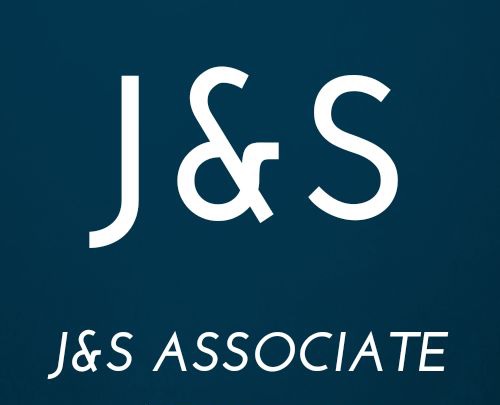Asian customs for ceremony ceremonies
Rich symbolism permeates the traditions used in Asian bridal festival rituals. The ceremonies are a nod to Asian culture’s deeply ingrained beliefs that the union of couples should be honored by their families korean brides and by the universe. These ceremonies range from the wedding hairdressing and capping ceremonies for the bride to the otoshigami, where the groom blocks himself with his family and friends. The tea ceremony also involves the couple serving their parents, grandparents, and other elders and receiving red envelopes ( or hong bao ) filled with cash or jewelry.

On the day of their wedding, it is customary in Chinese ceremonies to pride one’s predecessors and gods. To get rid of bad ghosts, this entails taking a fruit leaf shower and donning fresh clothing. The couple’s family is then expected to create 12 presents for their daughter-to-be, including wedding cookies, traditional Chinese cake, a bamboo utensil set https://www.weddingwire.in/wedding-tips/romantic-bollywood-songs–c9491, candles and firecrackers, silver jewelry, and cash.
Typically, a procession travels from the couple’s household to the bride in the Japanese marriage ceremony. Visitors may have lamps and banners, sound gongs to frighten away evil spirits, and lighting a fire made from the sacred sakaki tree’s branches. A short song that teaches the brides moral ideals for married life is therefore read by a miko, or sexual helper of the pastor.
The few bow to the bride’s predecessors and the shrine goddesses after exchanging two handclaps. A few days after, to present her respect and appreciation, the wedding kneels down in front of her father’s parents and grandparents and serves them drink with two flower seeds or two dark schedules.
